Google Ads Copywriting Secrets: How to Write Copy That Converts Like Crazy
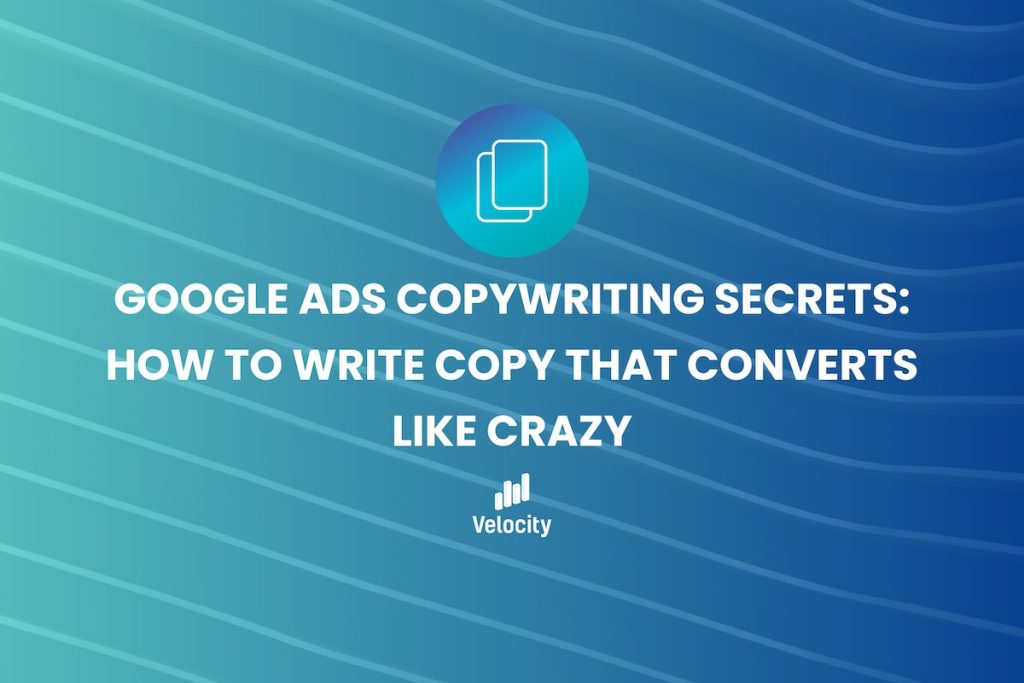
When it comes to running Google Ads, crafting the perfect ad copy can make or break your campaign. It’s not just about getting clicks—it’s about attracting the right clicks and turning them into conversions. Over the years, we’ve managed countless Google Ads campaigns and learned that good ad copywriting is part science, part art.
While it’s easy to get bogged down in reports and sifting through data, at the end of the day, Google Ads is about using language to turn strangers into customers. And to do that, you need really good ad copy.
In this guide, I’ll share tried-and-true strategies for writing Google Ads copy that converts like crazy. Whether you’re a marketing manager fine-tuning your campaigns or a business owner just getting started, these tips will help you craft compelling ads that drive real results.
What Is Ad Copywriting in Google Ads?
Before diving into strategies, let’s get the basics out of the way: What is ad copywriting? In simple terms, it’s the practice of writing persuasive text for advertisements. For Google Ads, this includes crafting headlines, descriptions, and display URLs that capture attention and encourage action.
But here’s the twist: Google Ads copywriting isn’t just about being creative. It’s about matching user intent while optimizing for performance metrics like click-through rate (CTR) and Quality Score.
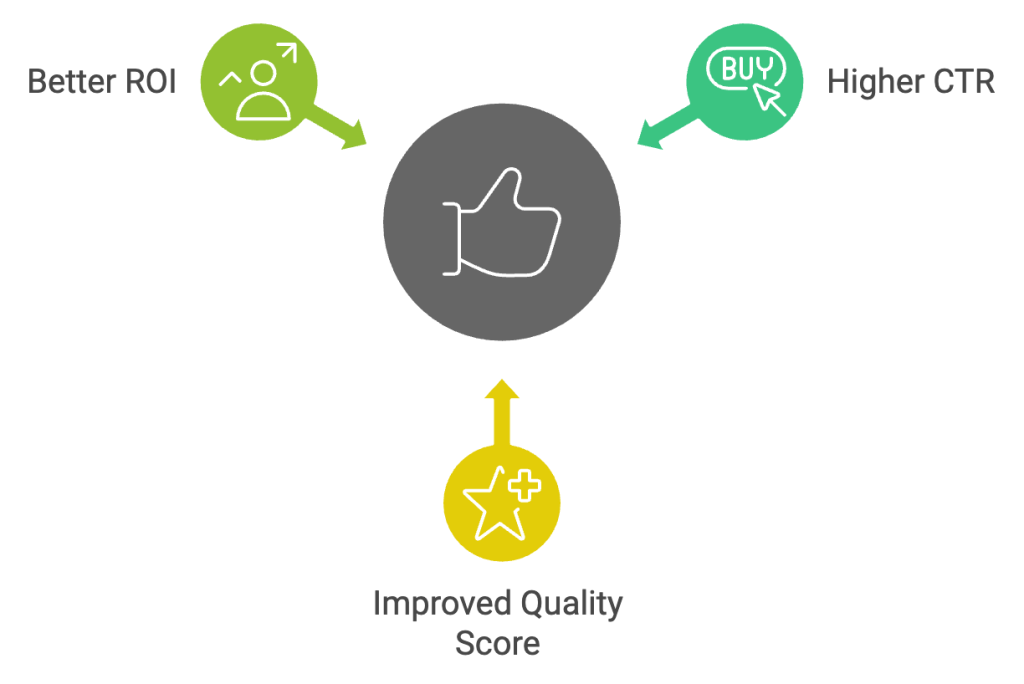
Why Google Ads Copywriting Matters?
Imagine this: Two businesses are running ads for the same product. One writes a generic ad that says, “Buy Shoes Online.” The other uses, “Free Shipping on All Sneakers.” Which ad would you click on?
Your ad copy is the first thing potential customers see. It’s your elevator pitch—a few short seconds to convince them you’re the solution they’ve been searching for. Here’s why nailing it is crucial:
- Higher CTR: Well-written ads grab attention and get more clicks.
- Improved Quality Score: Google rewards relevant ads, which lowers your cost-per-click (CPC).
- Better ROI: More clicks and conversions mean a higher return on your ad spend.
When I first started with Google Ads, I made the rookie mistake of focusing solely on keywords. My ads were bland, and while they got clicks, they didn’t convert. Once I started prioritizing copy, I saw a dramatic difference—higher Quality Scores and a lower cost per lead.
Key Elements of High-Converting Google Ads Copy
1. Understand Your Audience
You can’t write effective ad copy without knowing who you’re writing for. Ask yourself:
- What problem is your target audience trying to solve?
- What language or tone resonates with them?
For example, if you’re targeting busy professionals, a headline like “Work 50% Faster with Our Tool” speaks directly to their needs.
2. Optimize Google Ads Headlines
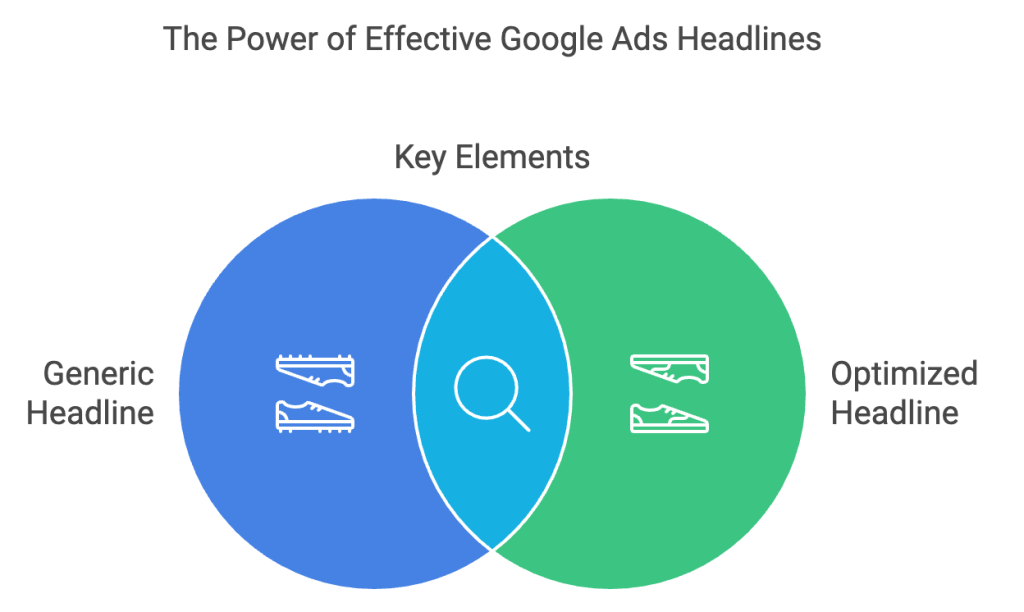
Your headline is the star of the show. It’s the first thing users see, so make it count! Here are some headline tips:
- Include keywords: Align with what users are searching for. For instance, if the keyword is “best CRM software,” and you target small businesses, a headline like “Best CRM Software for SMBs” will perform well.
- Use numbers or offers: Headlines like “Get 50% Off Today Only” grab attention. Time-sensitive promos can encourage people to take action.
- Add emotional triggers: Phrases like “Hassle-Free” or “Loved by 10,000 Customers” create an emotional connection.
Pro Tip: For one of our clients, an e-commerce brand, tweaking the headline to include “Free Shipping” resulted in a 22% increase in CTR. Little tweaks to copy can make a huge difference.
3. Write Persuasive Descriptions
Your description is your chance to elaborate on your offer. Use this space wisely:
- Focus on benefits: Instead of listing features, highlight what’s in it for the user. For example, “Track Sales with Ease” beats “Includes Reporting Tools.”
- Include a call-to-action (CTA): Encourage users to take the next step with phrases like “Shop Now,” “Learn More,” or “Get Started Today.”
- Use urgency or scarcity: Phrases like “Limited Time Offer” can boost clicks.
4. Match Ad Copy with User Intent
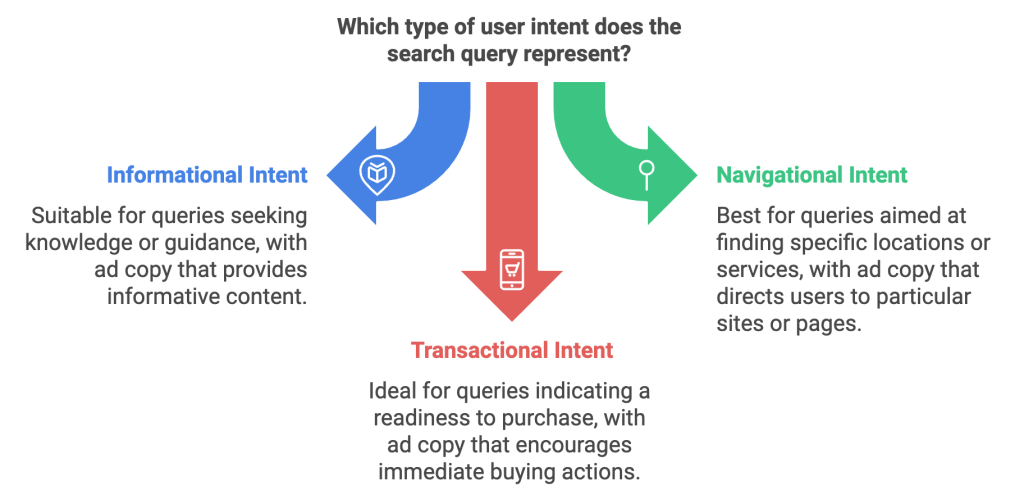
If someone searches for “affordable web hosting,” your ad copy should reflect affordability. Writing “Premium Hosting Solutions” might attract clicks but won’t convert because it’s misaligned with the search intent.
True story: we once worked with a startup SaaS company that was struggling with low conversion rates for their CRM software. By reworking their ad copy to message-match high-intent keywords like “best CRM for small business” we doubled their lead volume in just one month.
5. Leverage Emotional Triggers
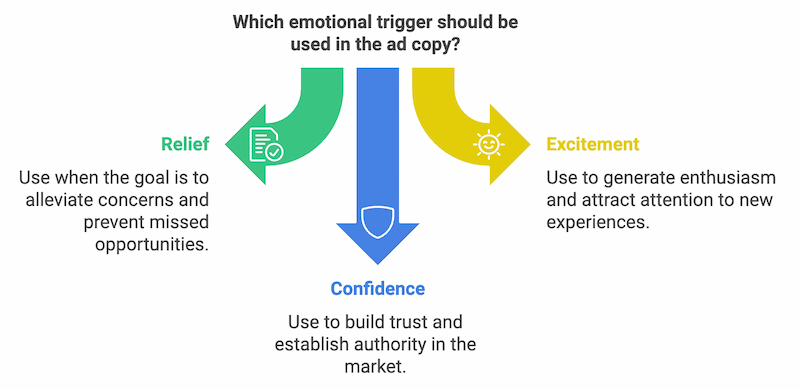
Great advertising taps into emotions. Think about how you want users to feel when they see your ad:
- Relieved: “No More Missed Deadlines”
- Excited: “The Vacation of Your Dreams”
- Confident: “Trusted by Fortune 500 Leaders”
These triggers create a connection that makes users more likely to click and convert.
6. Use Extensions to Enhance Your Copy
Google Ads extensions are your secret weapon for creating good advertising copy. They let you provide additional information without cluttering your main ad. Here’s how to use them effectively:
- Sitelinks: Highlight specific pages like “Pricing” or “Features.”
- Callouts: Add credibility with phrases like “24/7 Support” or “100% Satisfaction Guarantee.”
- Structured snippets: Showcase key details, such as “Available Sizes: S, M, L, XL.”
Best Practices for Writing Google Ads Copy
A/B Test Everything
Never settle on one version of your ad copy. A/B test different:
- Headlines
- CTAs
- Tone (e.g., professional vs. casual)
During a recent campaign for a client in the fitness industry, testing “Get Fit Today” against “Transform Your Body Fast” revealed that the latter had an 18% higher CTR. The takeaway? Always test to discover what resonates.
Keep It Short and Sweet
Google Ads has character limits—30 for headlines and 90 for descriptions. Stick to clear, concise messaging that delivers maximum impact.
Align Ad Copy with Landing Pages
Imagine clicking on an ad that promises “50% Off All Shoes” only to land on a generic homepage. Frustrating, right? Ensure your ad copy aligns closely with your landing page design to create a seamless user experience.. This improves both Quality Score and conversion rates.
Common Mistakes to Avoid
1. Using Generic Language
Phrases like “The Best X Product” are overused and meaningless. Be specific: What sets you apart? Why should users choose you?
2. Ignoring Mobile Users
Over half of all Google searches happen on mobile. Write copy that’s mobile-friendly and ensure CTAs are clear and easy to tap.
3. Neglecting Negative Keywords
While not directly related to ad copy, adding negative keywords ensures your ads don’t show for irrelevant searches. This keeps your budget focused on qualified leads.
Final Thoughts: How to Write Great Ad Copy for Google Ads
Creating ad copy for Google Ads isn’t just about writing—it’s about understanding your audience, aligning with their intent, and crafting messages that inspire action. By following these best practices, you’ll not only improve your campaign performance but also outshine competitors.
Ready to optimize your next campaign? Start experimenting with these tactics today, and watch KPIs improve overnight.
If you’re struggling with writing effective ad copy, you’re not alone. Get in touch for a free consultation from our ad experts – we’d love to offer some pointers.
